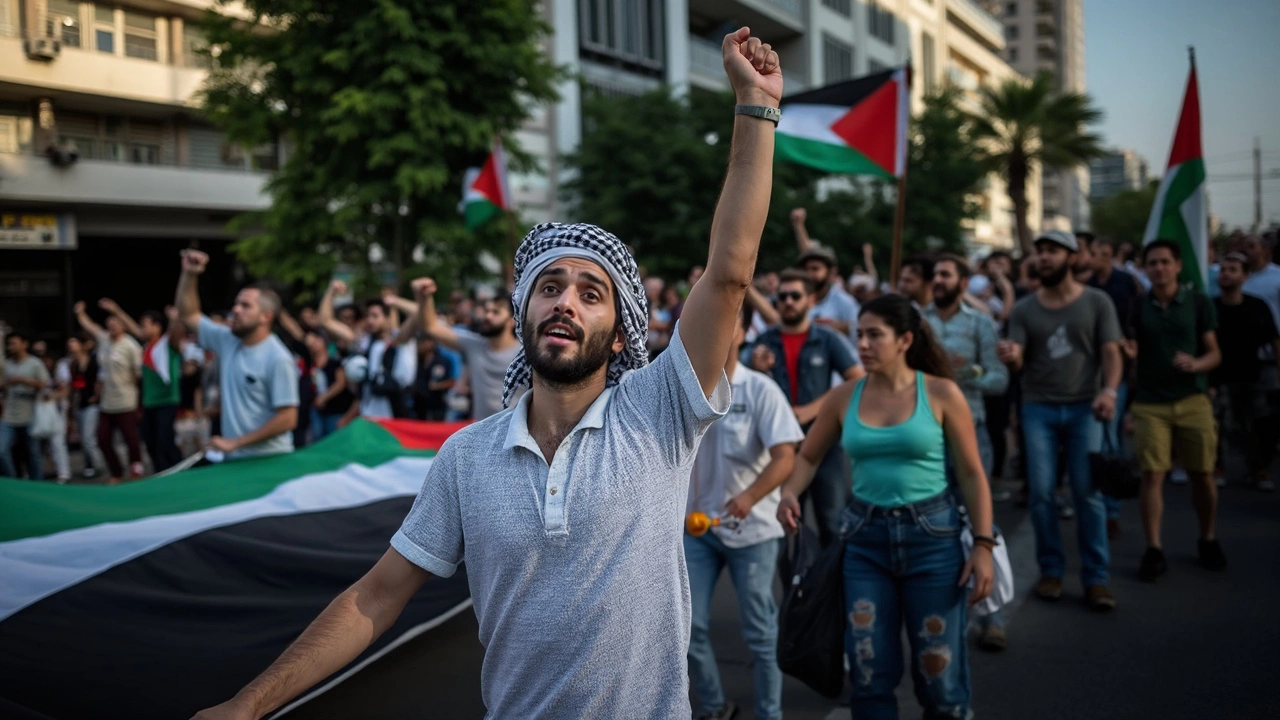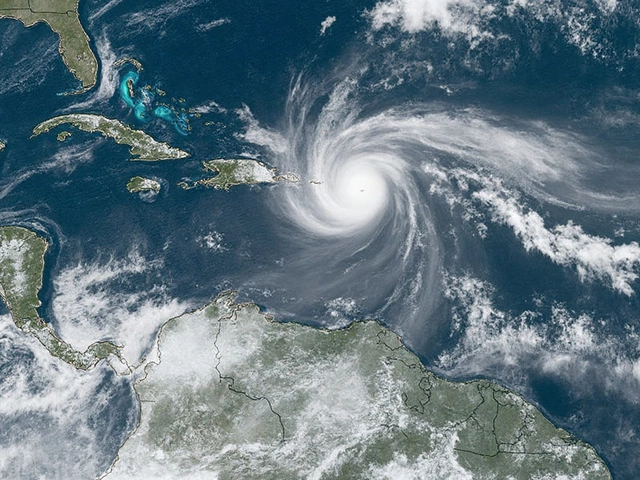Hamas Explained: What It Is and Why It Matters
When you hear the name Hamas, you probably think of headlines about rockets, blockades, and peace talks. But the story behind the name is more than just conflict. It’s a political movement, a social network, and a military group rolled into one. Understanding the basics helps you make sense of the news without getting lost in jargon.
Where Hamas Came From
Hamas was founded in 1987 during the First Intifada, a Palestinian uprising against Israeli rule. The group grew out of the Muslim Brotherhood, a broader Islamist organization that wanted to combine religious ideas with politics. From the start, Hamas said its goal was to create an Islamic state in historic Palestine, which includes present‑day Israel, the West Bank, and Gaza.
Unlike the Palestine Liberation Organization (PLO), which pursued diplomatic routes, Hamas built a reputation for armed resistance. It set up a network of social services – schools, clinics, and charities – that gave it real credibility among Palestinians who felt neglected by the official authorities.
How Hamas Operates Today
Hamas has two main sides. The first is its political wing, which runs the de‑facto government in the Gaza Strip. This part handles day‑to‑day issues like water supply, electricity, and public safety. The second is its military wing, called the Izz ad‑Din al‑Qassam Brigades. This side conducts attacks, launches rockets, and prepares defenses against Israeli strikes.
Because it controls Gaza, Hamas is the main bargaining partner in any cease‑fire talks. Yet its policies also make it a target for Israel and several Western countries, which label it a terrorist organization. This dual status creates a constant push‑pull: diplomatic talks on one hand, and violent clashes on the other.
Recent events have shown how fragile the balance is. In the past year, there have been several escalations – rocket fire from Gaza, Israeli air raids, and even ground operations. Each flare‑up triggers humanitarian crises: power outages, shortages of food, and displaced families. NGOs on the ground try to deliver aid, but security restrictions often slow them down.
Hamas also uses social media to spread its messages, rally support, and counter what it sees as biased coverage. Its online presence is part of a broader strategy to shape public opinion both locally and internationally.
So why should you care about Hamas? First, the group’s actions affect millions of people in the Middle East and beyond. Second, any shift in Hamas’s stance – whether a move toward negotiation or a surge in attacks – can ripple through global politics, influencing everything from oil prices to diplomatic relations.
If you’re following the news, look for three key indicators: changes in Hamas’s leadership or internal politics, new agreements or cease‑fires, and the humanitarian situation in Gaza. These signals usually hint at the next round of developments.
Bottom line: Hamas is more than a headline. It’s a complex organization that blends politics, social services, and armed resistance. Knowing the basics helps you cut through the noise and understand why the situation remains so volatile.
Kieran Lockhart, Jun, 13 2025
Israel's Military Power Tested: Gaza Devastation Highlights Limits of Shock and Awe
Netanyahu painted Israel's war in Gaza as a Middle East gamechanger, but with Gaza in ruins and Hamas still standing, the big claims don't hold up. Israel's show of force left severe humanitarian fallout and hasn't brought the lasting security or strategic win leaders anticipated.
View More




